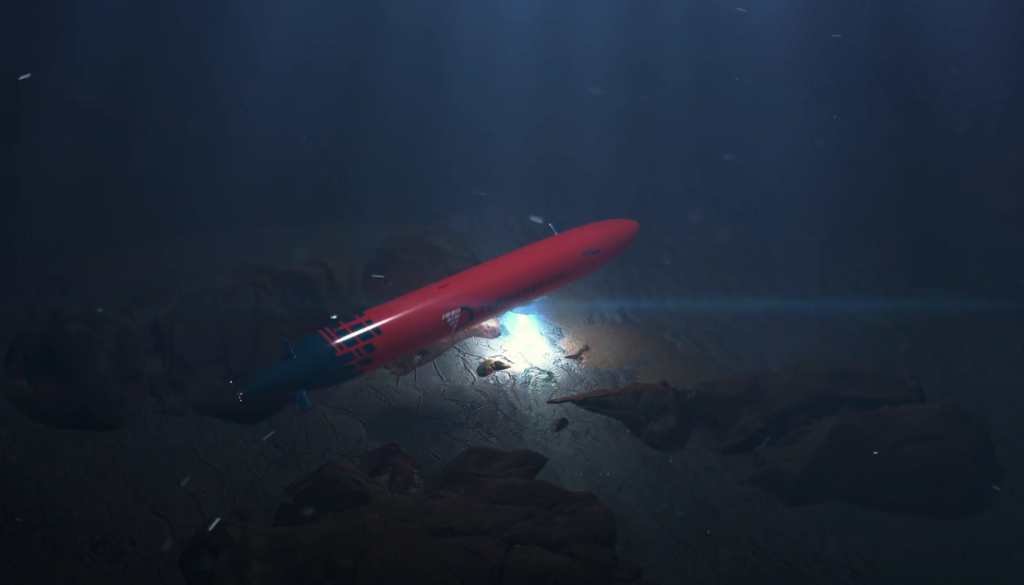Offshore Survey Companies Embrace AI and Robotics in Service Delivery
As global energy transitions continue, offshore survey and inspection firms like Bureau Veritas, Terradepth, and Sulmara are shifting towards environmentally friendly methodologies. The companies are increasingly employing autonomous or remotely operated robotics, cloud systems, and artificial intelligence (AI) to deliver projects in a faster, more cost-effective, and eco-friendly manner.
“Traditional methods of collecting subsea geophysical data haven’t drastically changed in the last 50 years and are still costly and cumbersome,” says Kris Rydberg, Chief Operating Officer at Terradepth. “The current practices also raise safety concerns and have considerable environmental impacts.”
Bureau Veritas, Terradepth, and Sulmara have integrated remote/autonomous survey and inspection vehicles and cloud-based data into their service offerings for the offshore wind industry. The companies emphasize the speed and cost-effectiveness of data processing and the potential for regular surveys as transformative benefits of these technologies.
A Shift from Remote Marine Vessel Inspection to Offshore Wind
Hiram Mechling, Vice President of Offshore Wind at Bureau Veritas North America, observes that drone technology and AI are advancing rapidly. Bureau Veritas has leveraged its experience in ship surveys to create the Augmented Surveyor tool. This tool, which merges drone technology with AI, can be used to inspect offshore wind farm components. The software uses AI to identify structural defects and map them on 3D models using associated images.
“The Augmented Surveyor software greatly reduces inspection times and costs while improving safety,” Mechling explains. “It can be used to inspect various offshore wind components, including foundations.”
Adapting to the Changing Underwater Landscape
According to Kris Rydberg, the underwater world is in constant flux. Terradepth offers a solution to this problem with its autonomous underwater vehicle (AUV), which facilitates easy data collection and processing. The company recently tested its AUV in a project for Italy’s transmission system operator, Terna, and plans to expand its use in European offshore wind projects.
Sulmara Balancing Human Intervention and USV Fleet Growth
UK-based company Sulmara has participated in several offshore wind projects and plans to expand its fleet of uncrewed subsea vehicles (USV). While the company acknowledges the benefit of using USVs, it also recognizes that some tasks currently require human involvement and traditional survey vessels.
“We are focusing on conducting survey operations from a USV platform, but we still need human intervention for certain tasks,” says Andy Doggett, Chief Technology Officer at Sulmara. “We are also developing a portal that allows real-time access to vessel activities and using AI to reduce data processing times.”
Original Story at www.offshorewind.biz
